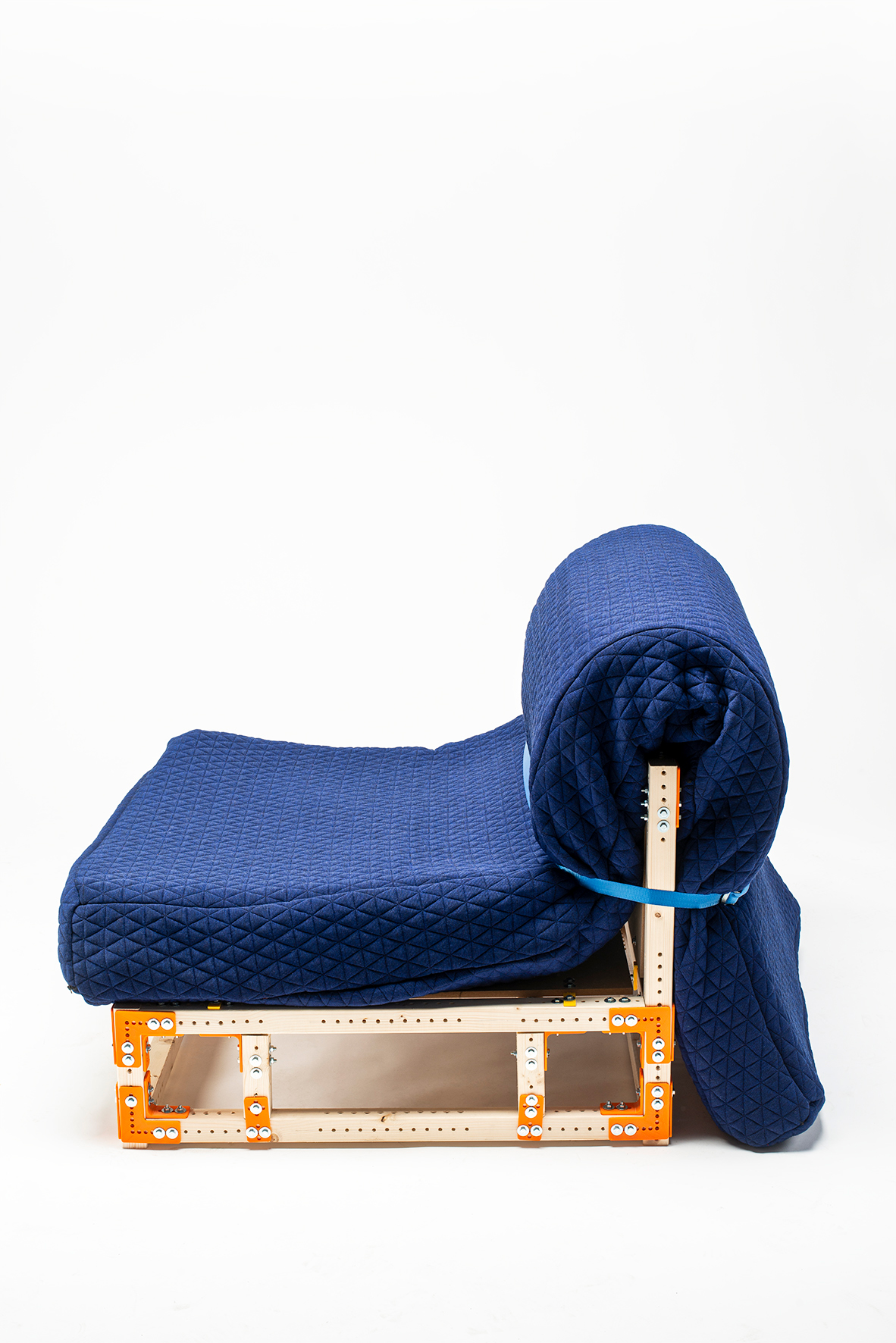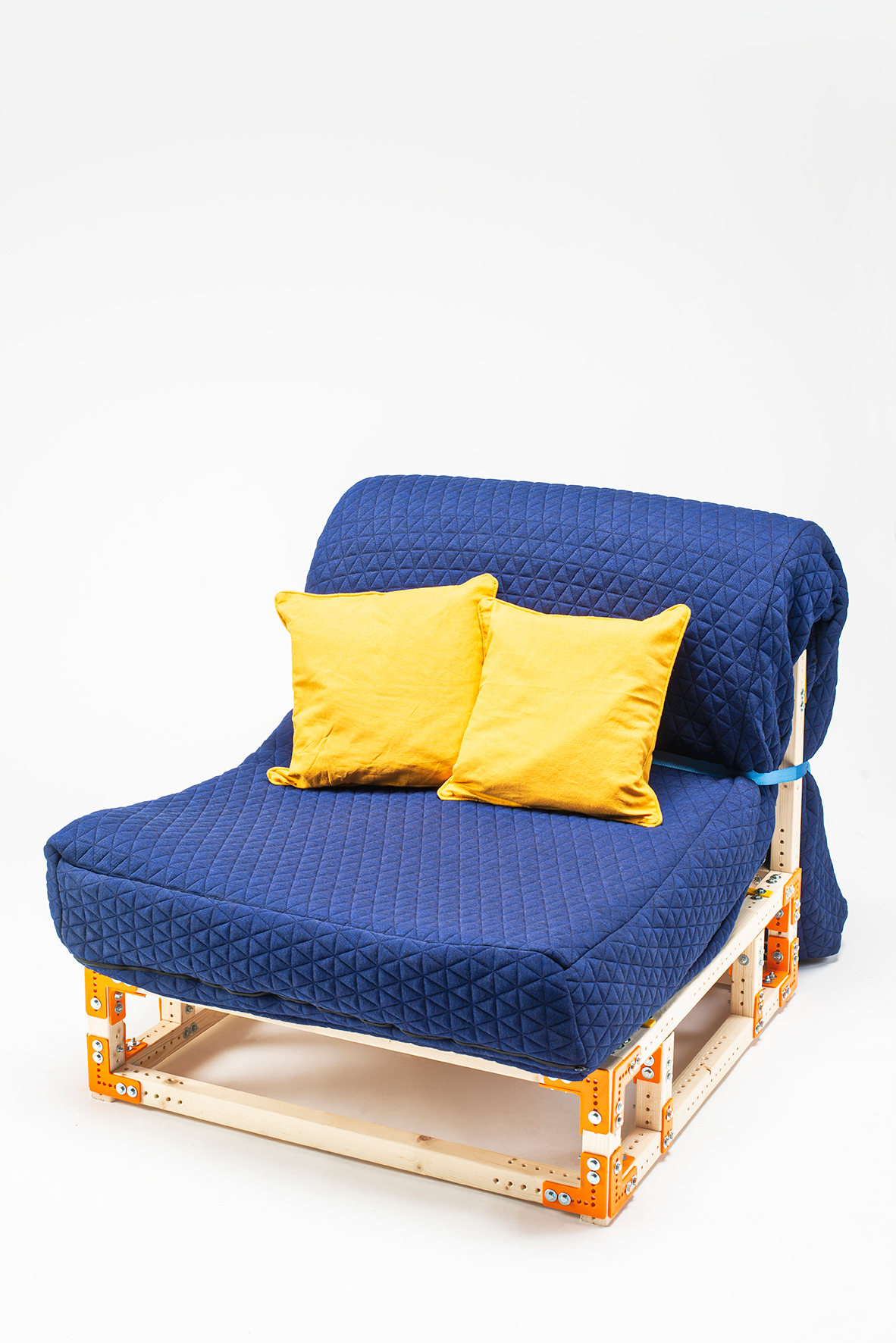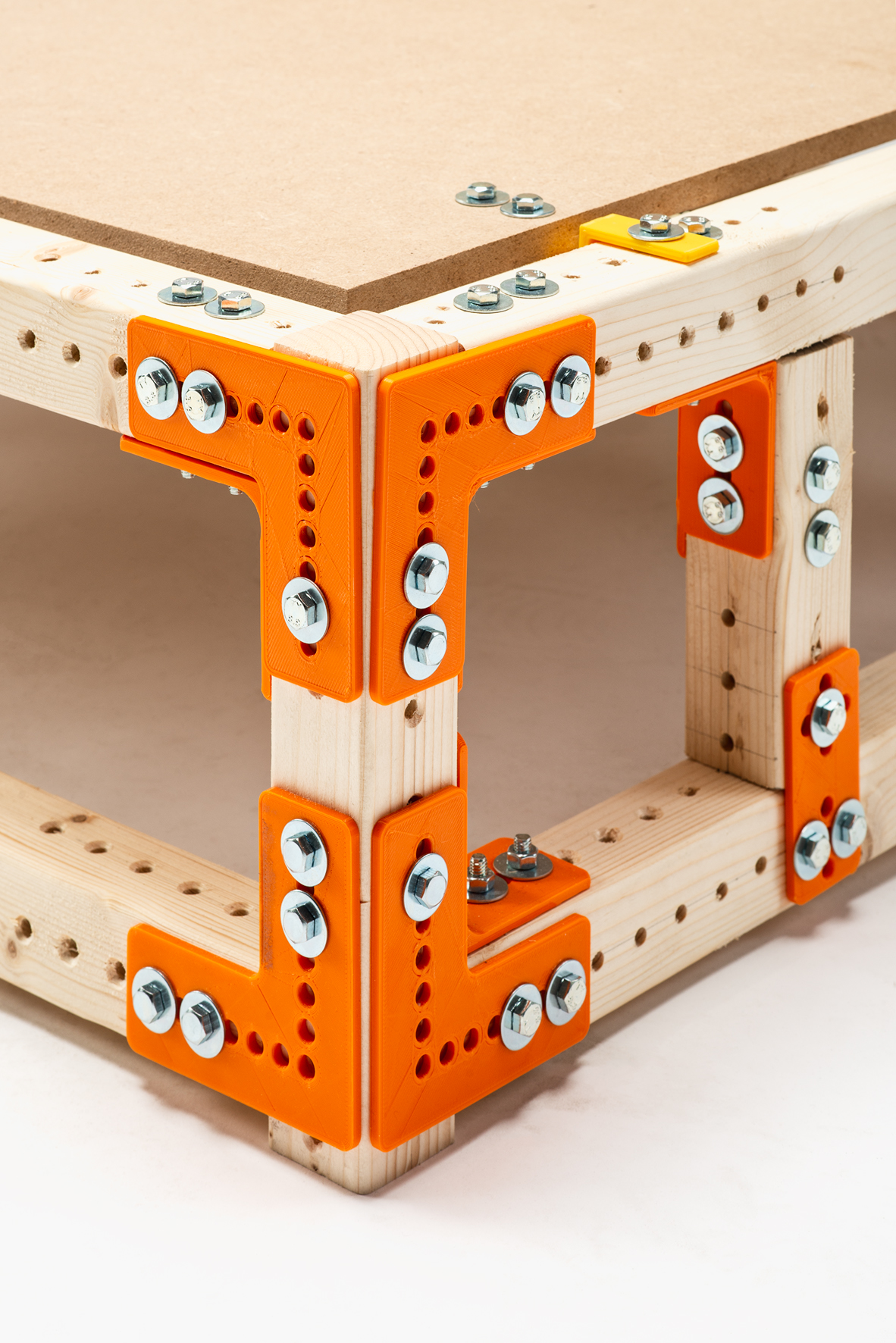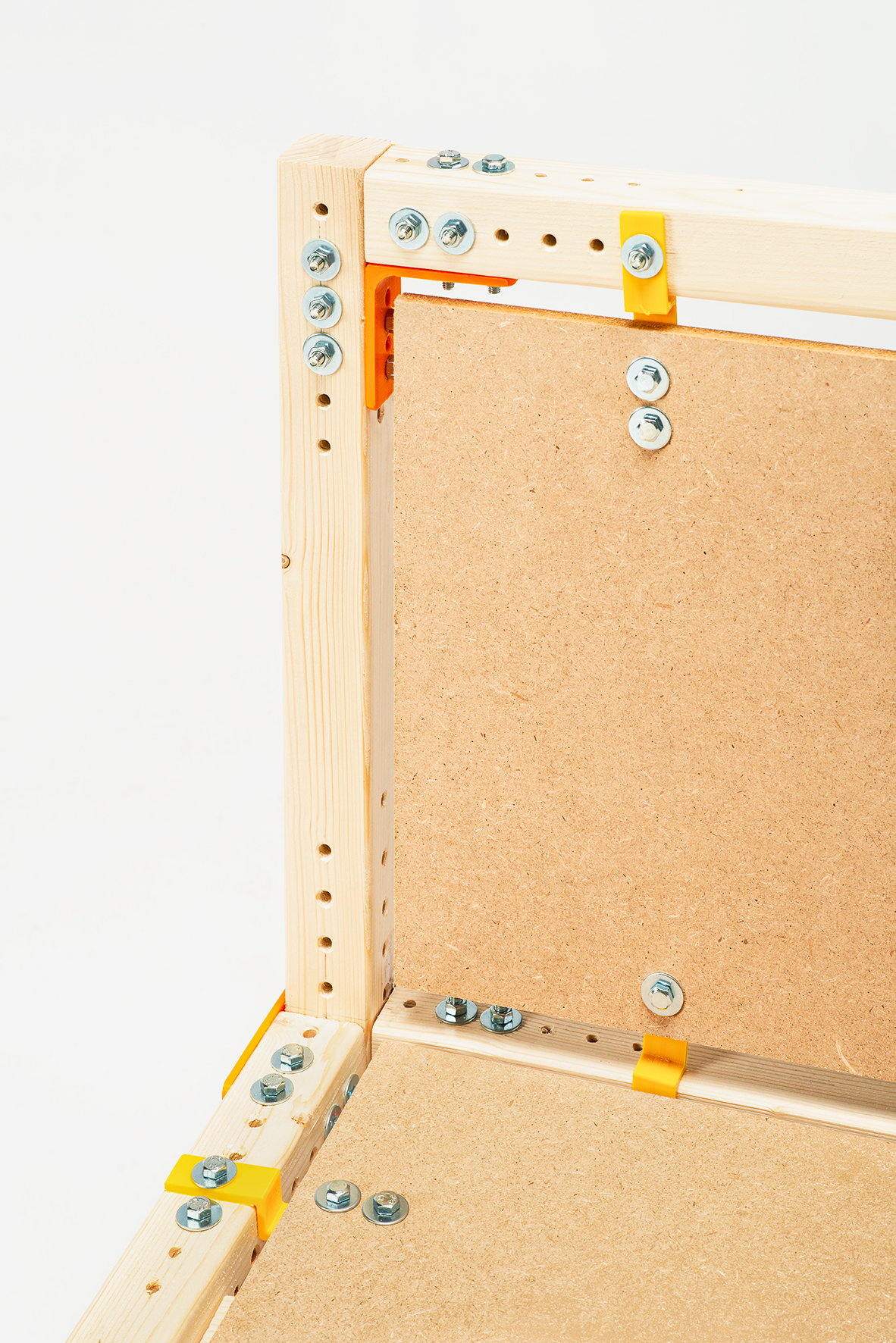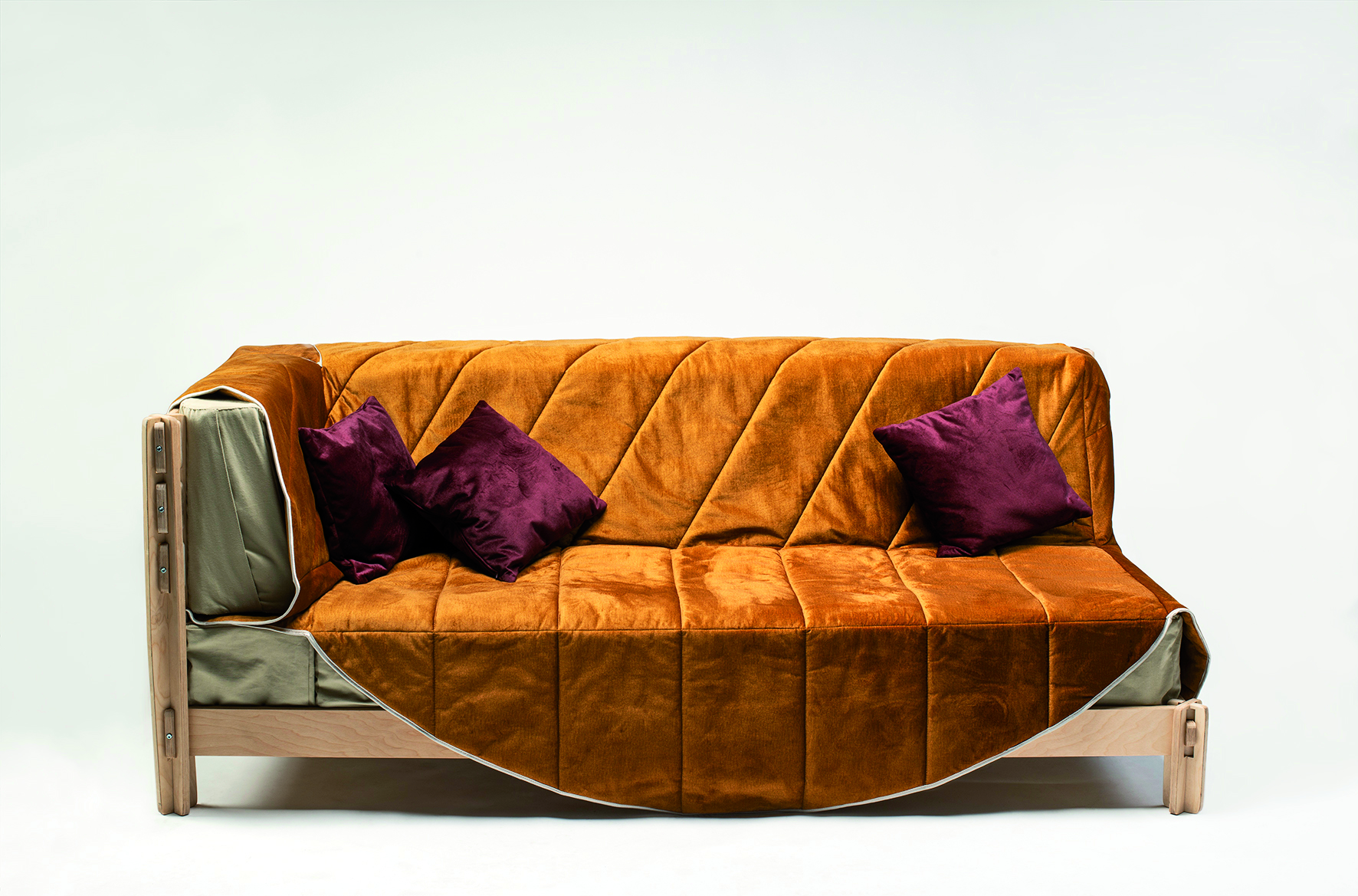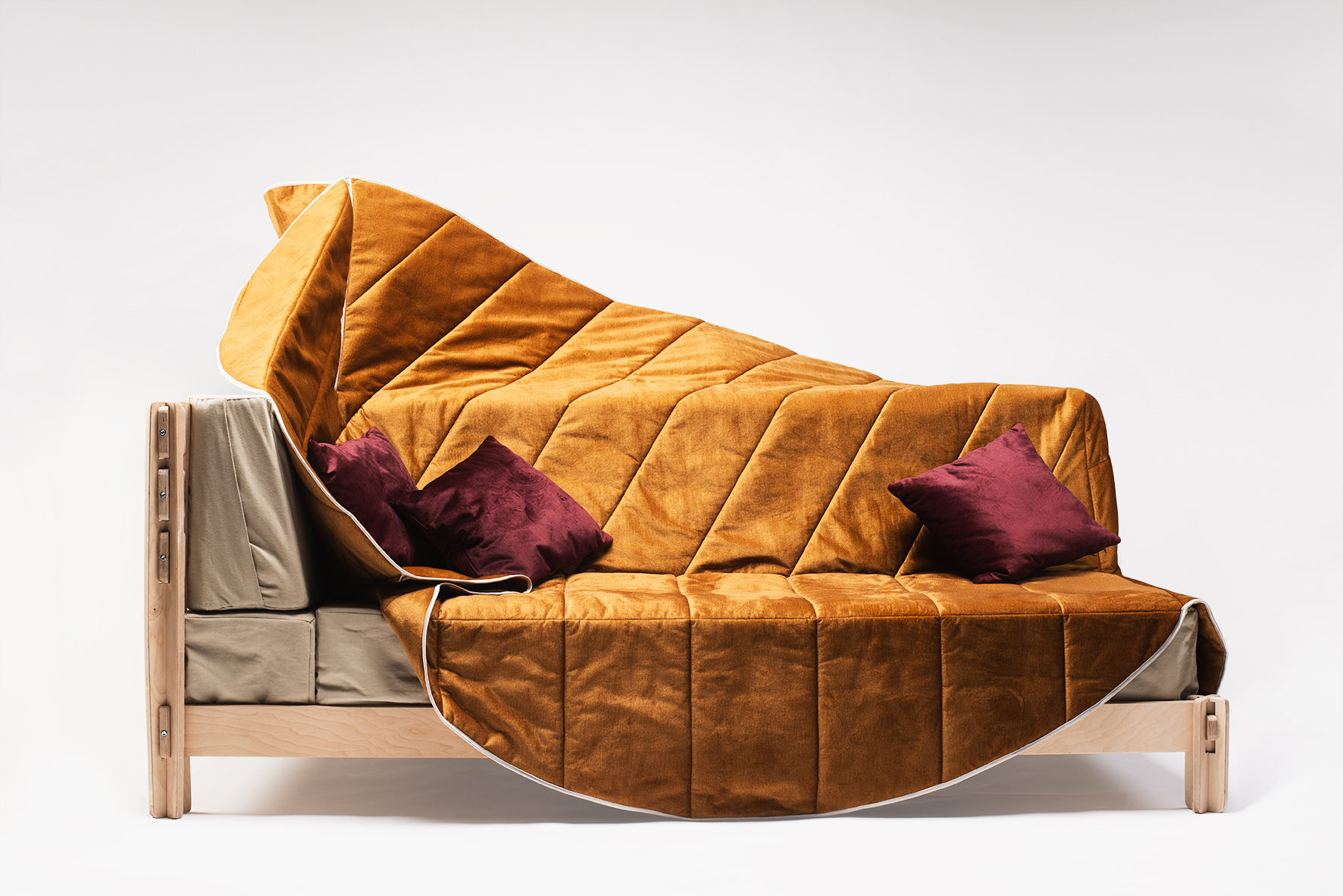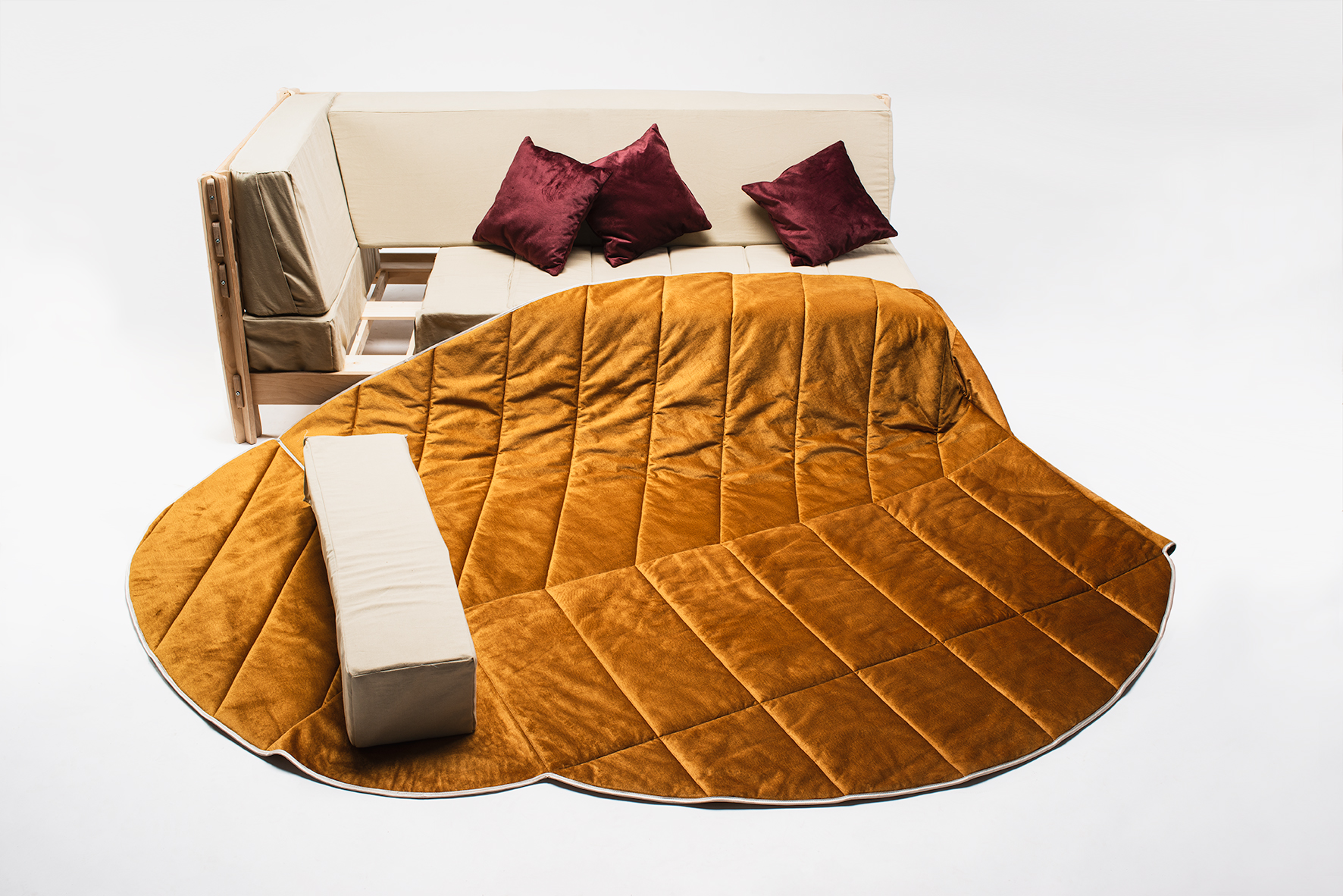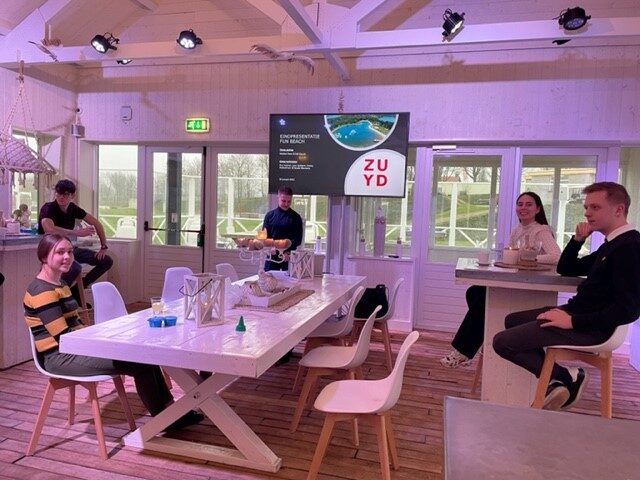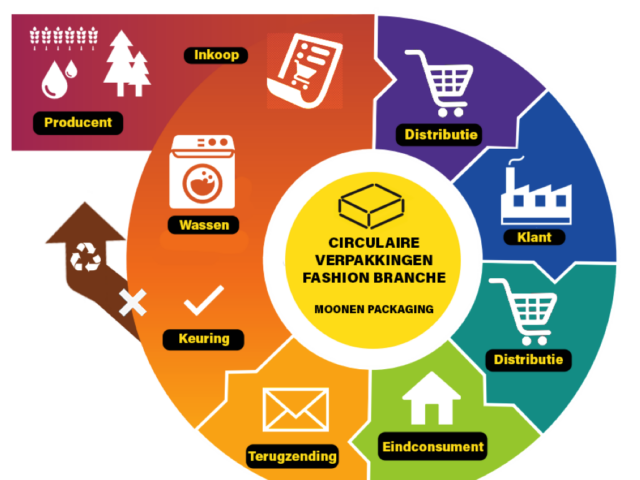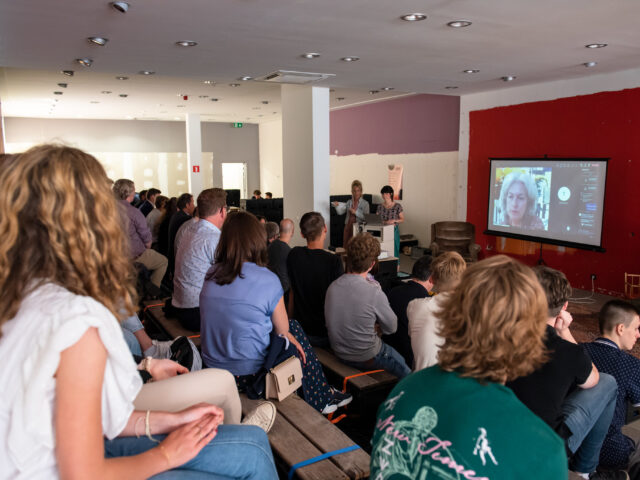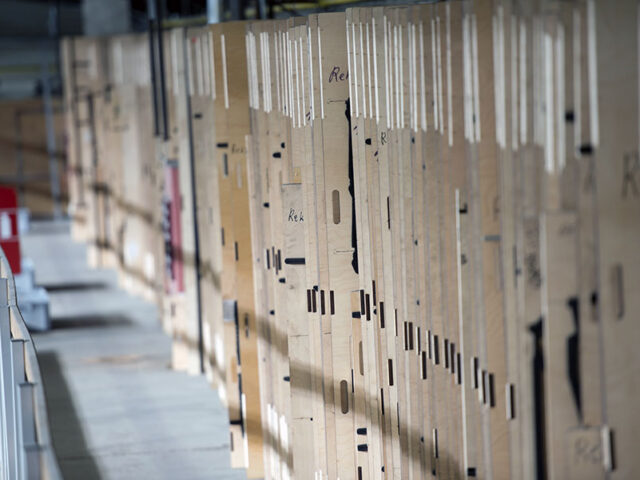“What if two successful Limburg furniture companies were to join forces on circular design and economy? What would this cooperation lead to?” This is the challenge formulated by Circle Sector, the living lab for circular economy and affiliated to LUCA School Of Arts together with Wanderful.stream. A challenge that lured the Product Design students out of their cubicles.
The two companies are not the least: Indera (MECAM Group) and Veldeman Bedding. The story of a Wanderful.stream beta innovation project in which students determine the future.
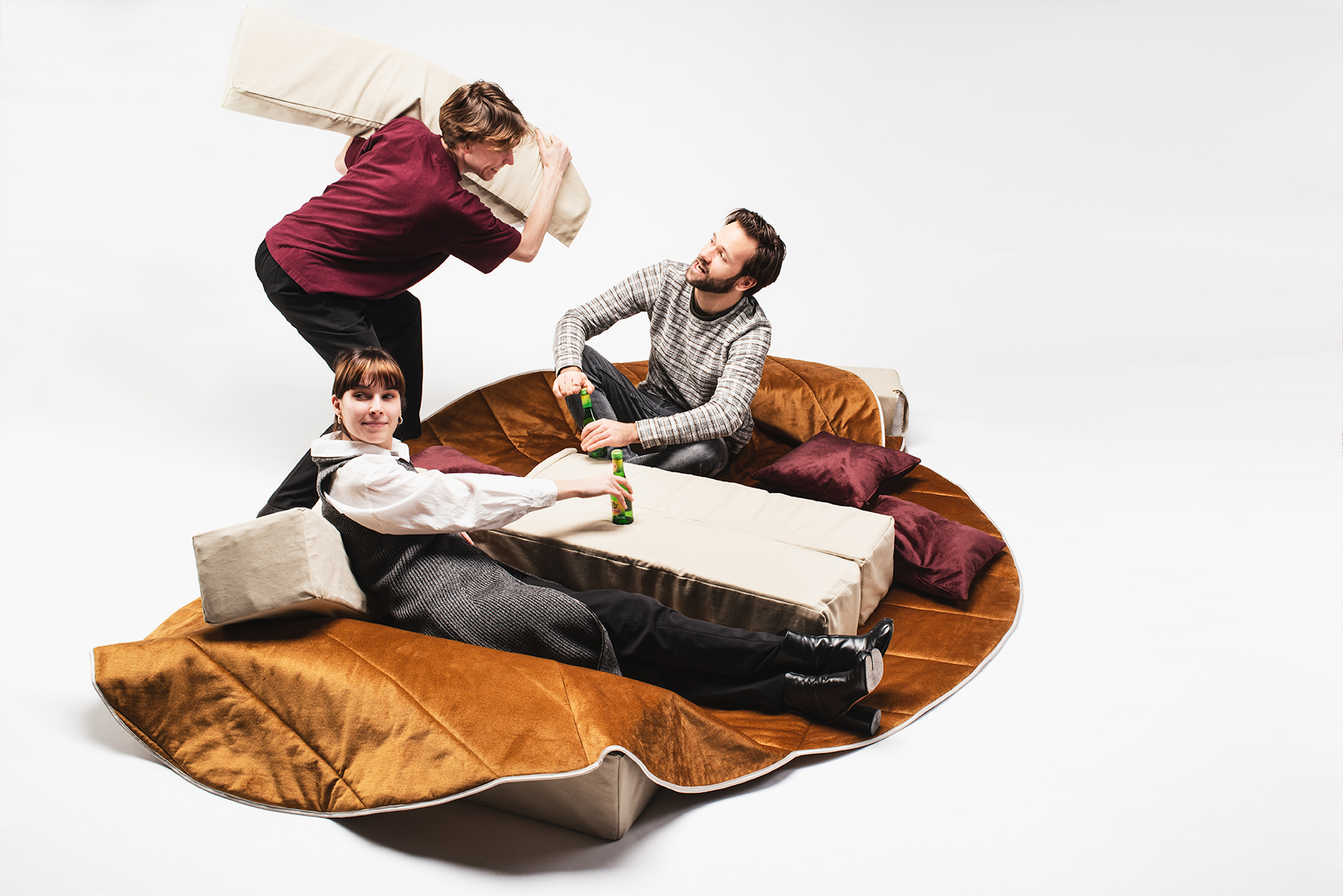
Indera, the flagship company of the MECAM Group, and Veldeman Bedding are two leading furniture companies in the Euregion. Leading through a strong focus on innovation, sustainable design and circular economy. But what if they were to cooperate with each other? Or how could these two companies formulate a joint design ambition? What could this hypothetical synergy lead to? Circle Sector and the Genk LUCA School of Arts also found this a tantalising starting point. Together with Wanderful.stream, they challenged the Product Design students to formulate answers to these hypothetical questions.
PRO STUDIO
In a so-called beta innovation track, LUCA School Of Arts and Wanderful.stream challenge dozens of students to form five groups. Five groups composed of Master’s students in Product Design, supported by bachelors from the same programme. Their mission? Think like a professional design studio. A studio with seniors and juniors who, based on the briefing of the ‘customer’ – in this case sofa manufacturer Indera and Veldeman Bedding – have to come up with a concept, develop a prototype and present all this in a convincing pitch to the two companies.
“The briefing for all design teams was the same,” says Ben Hagenaars, lecturer and expert in Circular Design. “We were able to visit both companies and closely examine and analyse their production processes. Both Veldeman Bedding and Indera are committed to design and the circular economy. One as a bed manufacturer, the other mainly as a specialist in making quality sofas. I got to know both companies within the framework of Wanderful.stream and it quickly became clear to me that they were the ideal partners for a beta innovation trajectory that fits in perfectly with our learning objectives.”
NOVUS
The Novus Team: Femke Ceulemans, Kaat Fabri, Nathan Vrebos, Reine Pinxten, Ellen Klinckhaemers, Isabel Deprez
And, as you would expect from students, their answers dare to go in totally different directions. Especially since these are speculative scenarios. As accomplished ‘professional design studios’, they have in any case made different analyses of the same briefing, as the jury moment in which Wanderful.stream was also involved showed. While two groups came up with a kind of modular or multifunctional sofa bed for student rooms, another design studio came up with a software-driven ‘personalisation tool’ to ‘re/brand’ the product lines specifically for the project market.
With ‘Nest’, the design team took a big bite
With ‘Nest’, the design team took a big bite out of the donut model
by the British economist Kate Raworth
“It did surprise me that you get five completely different stories, despite the same starting point,” notes Carl Meers of the Indera label. With that brand, he has a long tradition of working with external designers and ditto studios, but of the five student studios, only one seemed to convincingly meet his expectations: Novus ‘collection 01’.

FREETHINKERS
“It has indeed produced surprising results,” Valerie Veldeman agrees. “I do like that student rebellion or that free-thinking to go all the way for your own story. So I agree with the choice of ‘Novus’, but my personal favourite is ‘Nest’. Because I notice in this concept a very important social dimension, which in my opinion determines what the circular economy and sustainable design should be. ”
The Nest team: Siemen Vrancken, Fenia Proost, Tijl Custers, Luna Rits, Kato Herbots and Stijn Vos.
With ‘Nest’, the responsible design team in any case took a big bite out of the Donut model of the British economist Kate Raworth and the principle that you must not only respect ecological limits for sustainable development, but also ensure a social lower limit – and that is a necessary insight.
In order not to get bogged down in theoretical discourse, this student team consulted the Red Cross reception centre in Heusden-Zolder. There, they carefully analysed the specific context of ‘seat-bed’ in order to come up with an alternative and sustainable seat-bed. It was a noble achievement to facilitate new social connections with a sofa bed, and the constructive principle also literally innovated with an ingeniously assembled prototype that used a minimum of screws. They divide the mattress into several blocks so that they can be used as separate cushions on the floor, and the plaid or covering can in turn serve as a rug or privacy shield.
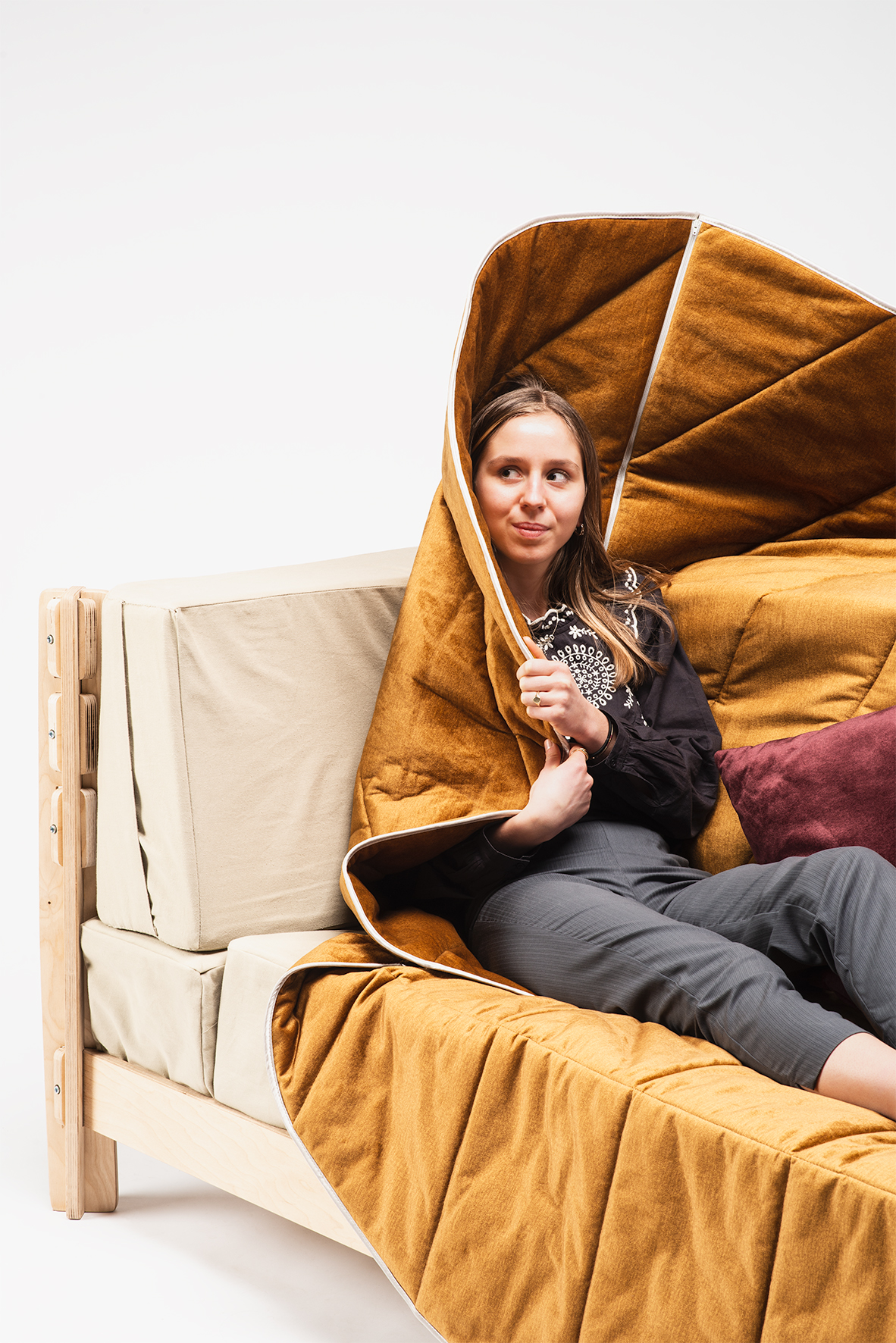
Nest’ convinced the jury not only with its socially committed premise. The prototype was surprisingly solidly built with an innovative wood connection, and it left room for recovered or recycled materials.
This technical ingenuity, combined with an idiosyncratic vision of the double function of a sofa bed, may have been applied here to the very specific and multicultural context of a reception centre; in fact, it also stands up perfectly as a sofa bed in student accommodation or even as a hip and dynamic teenage bedroom concept. Provided, perhaps, that it is dressed up a little more fashionably. Not unimportant: the ‘Nest’ team had also thought about a business model in which the regular bed and sofa sales of Veldeman Bedding and Indera would facilitate the roll-out of the social Nest.
Of the five concepts presented, Novus and Nest deserve further investigation. Because even though they each give their own interpretation to a still hypothetical synergy between two furniture companies… in the safe shot of LUCA School Of Arts, this beta innovation pathway may yet germinate further. It is these budding designers who are sowing innovative seeds for the future. And if we can continue in the way they think about sustainable design and circular economy, that promises a lot.
@luca_productdesign, @circlesector, @lucaschoolofarts
images: Claire Dekens
All credits to the students of Team NOVUSFemke Ceulemans, Kaat Fabri, Nathan Vrebos, Reine Pinxten, Ellen Klinckhaemers, Isabel Deprez and Team NEST Siemen Vrancken, Fenia Proost, Tijl Custers, Luna Rits, Kato Herbots, Stijn Vos.
